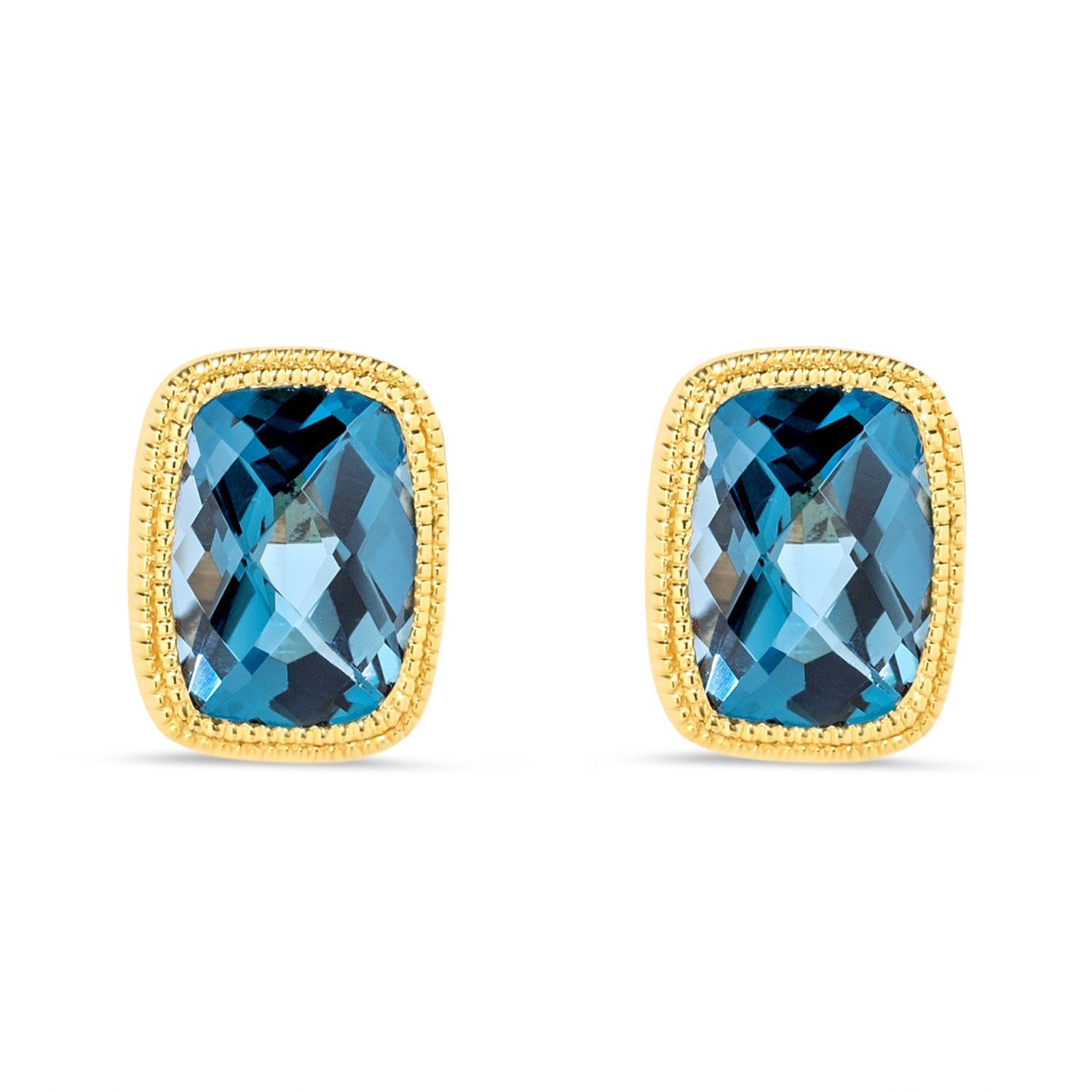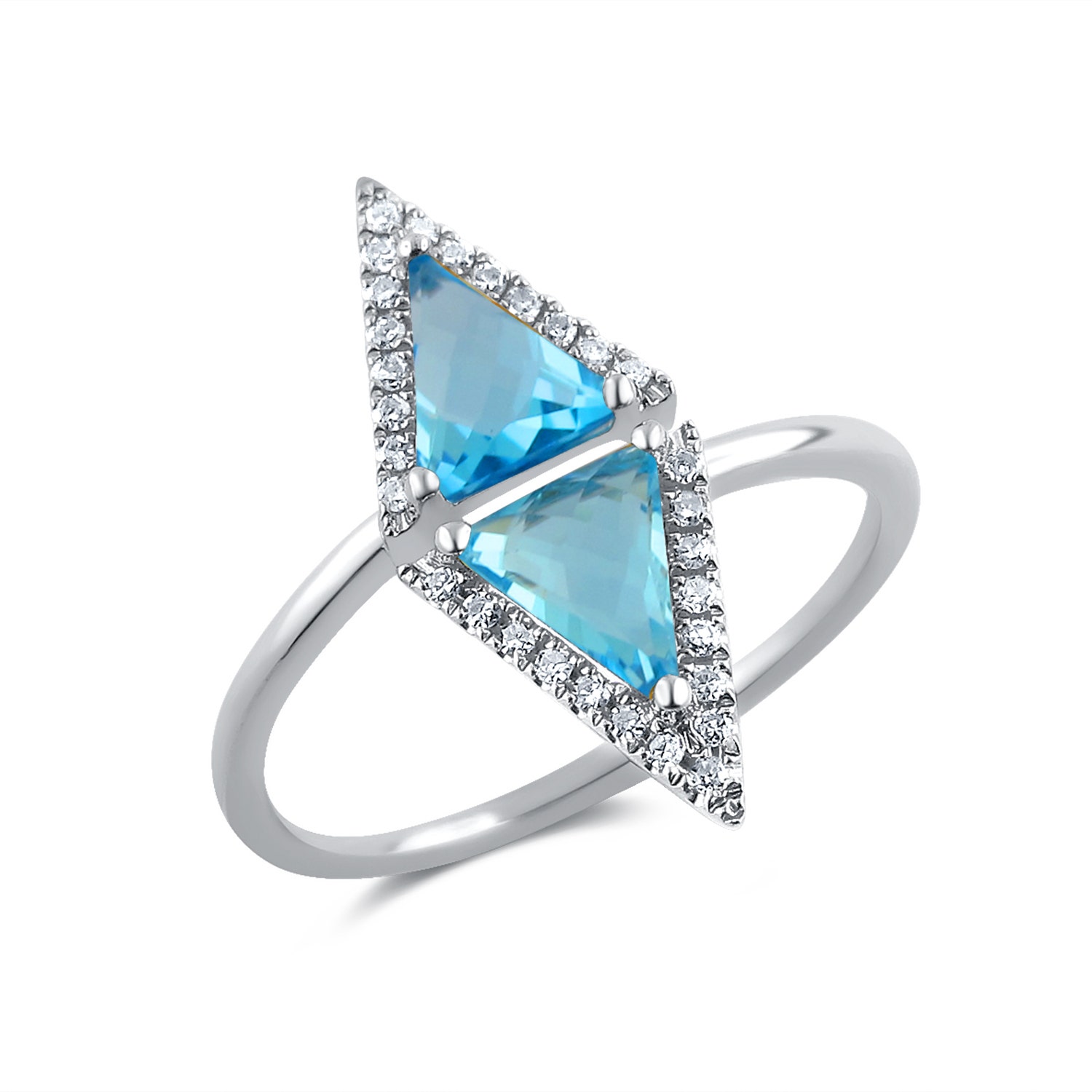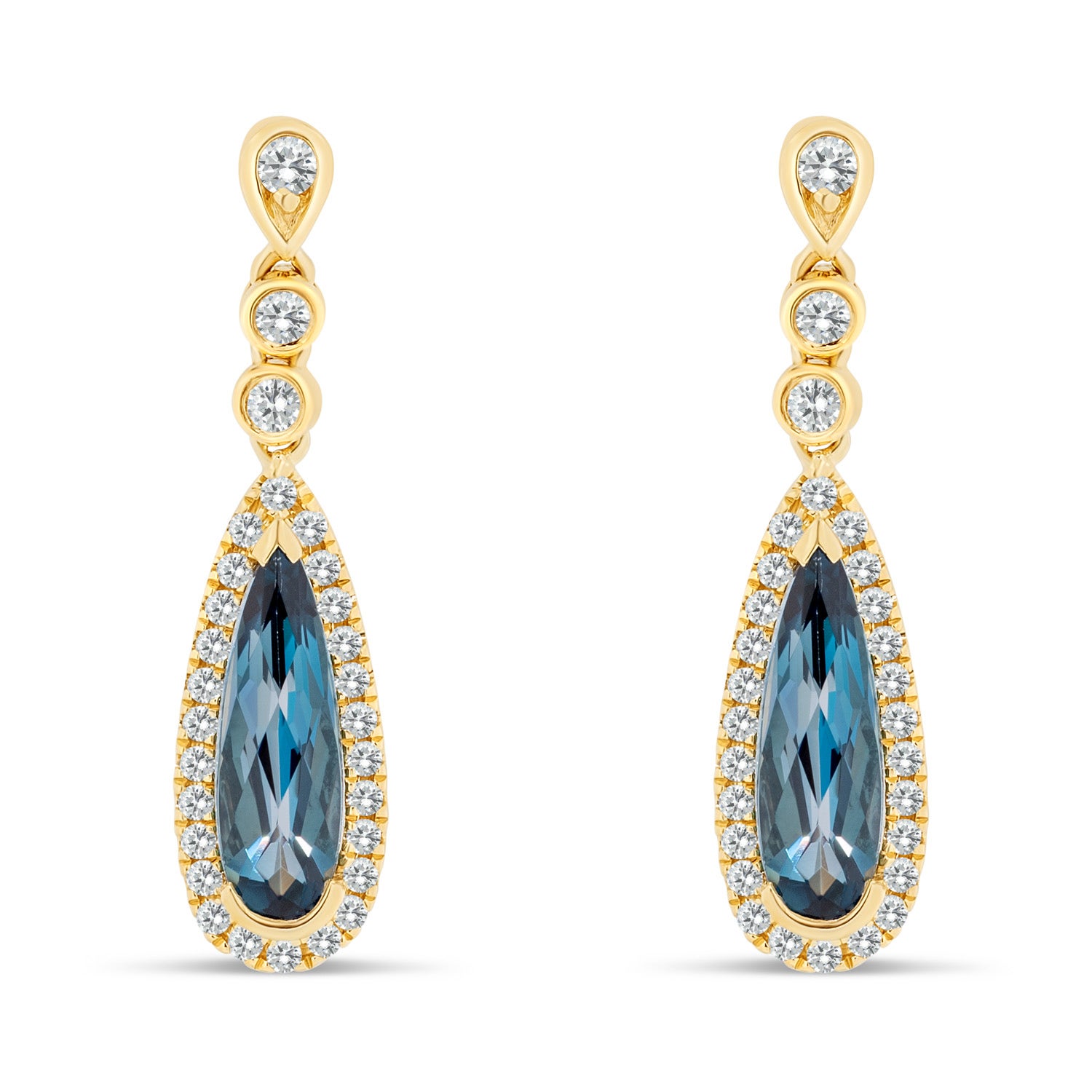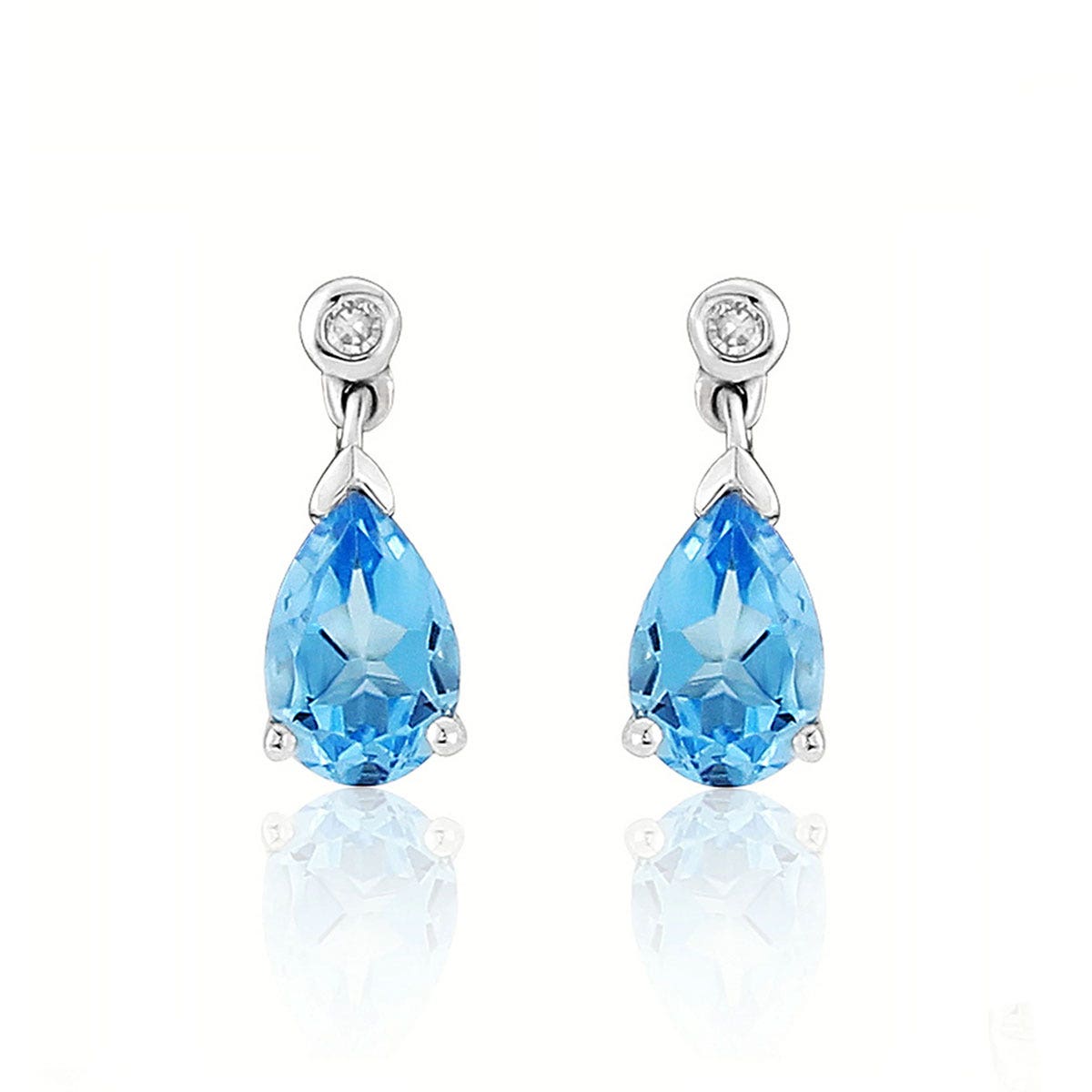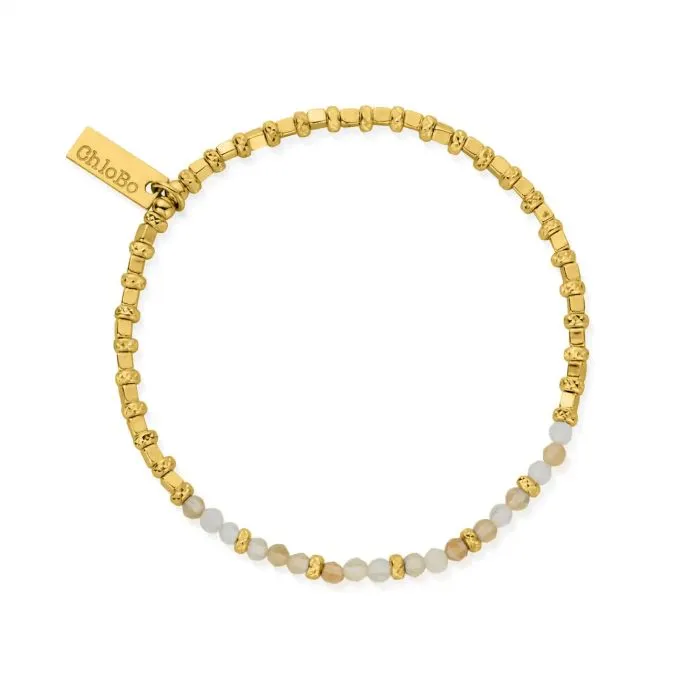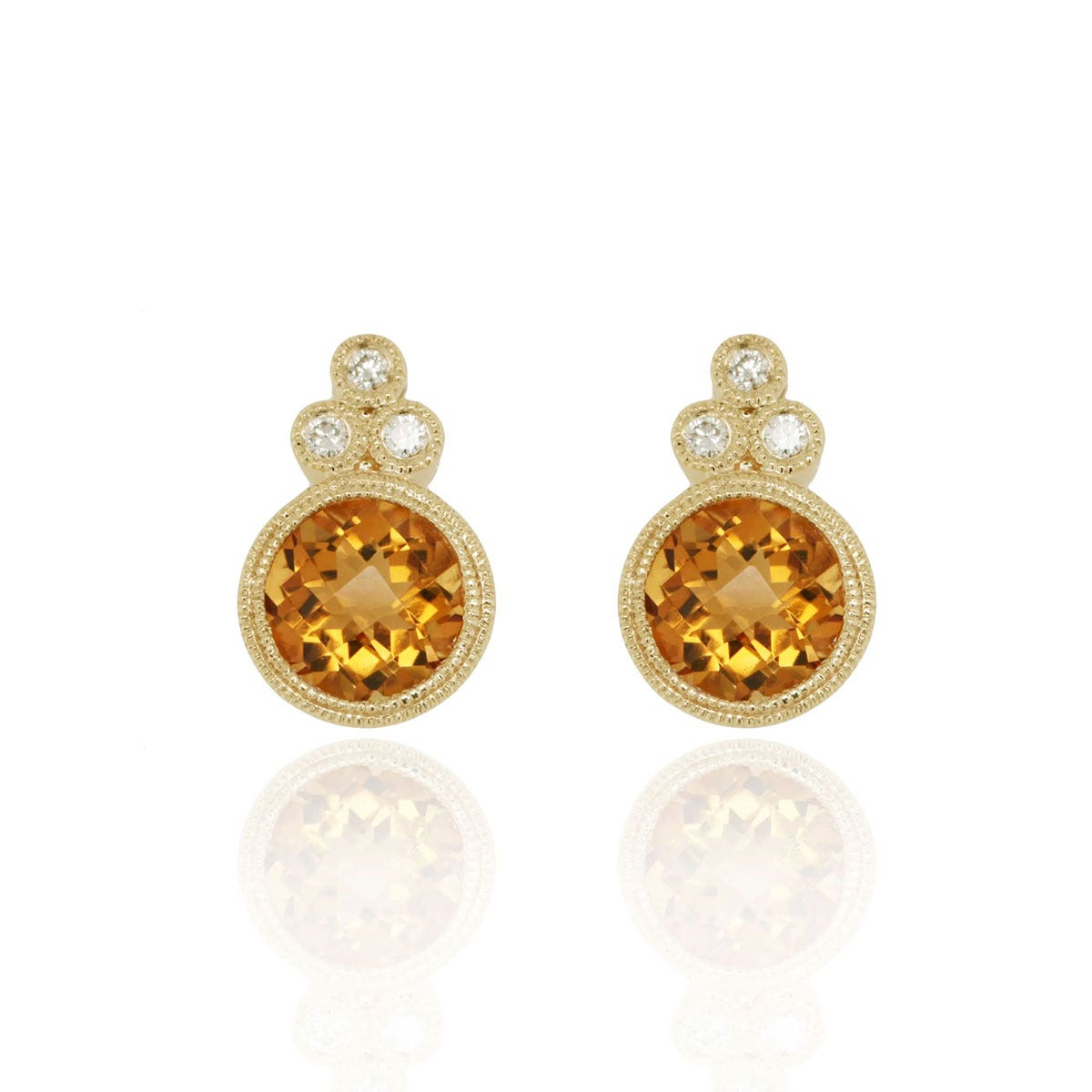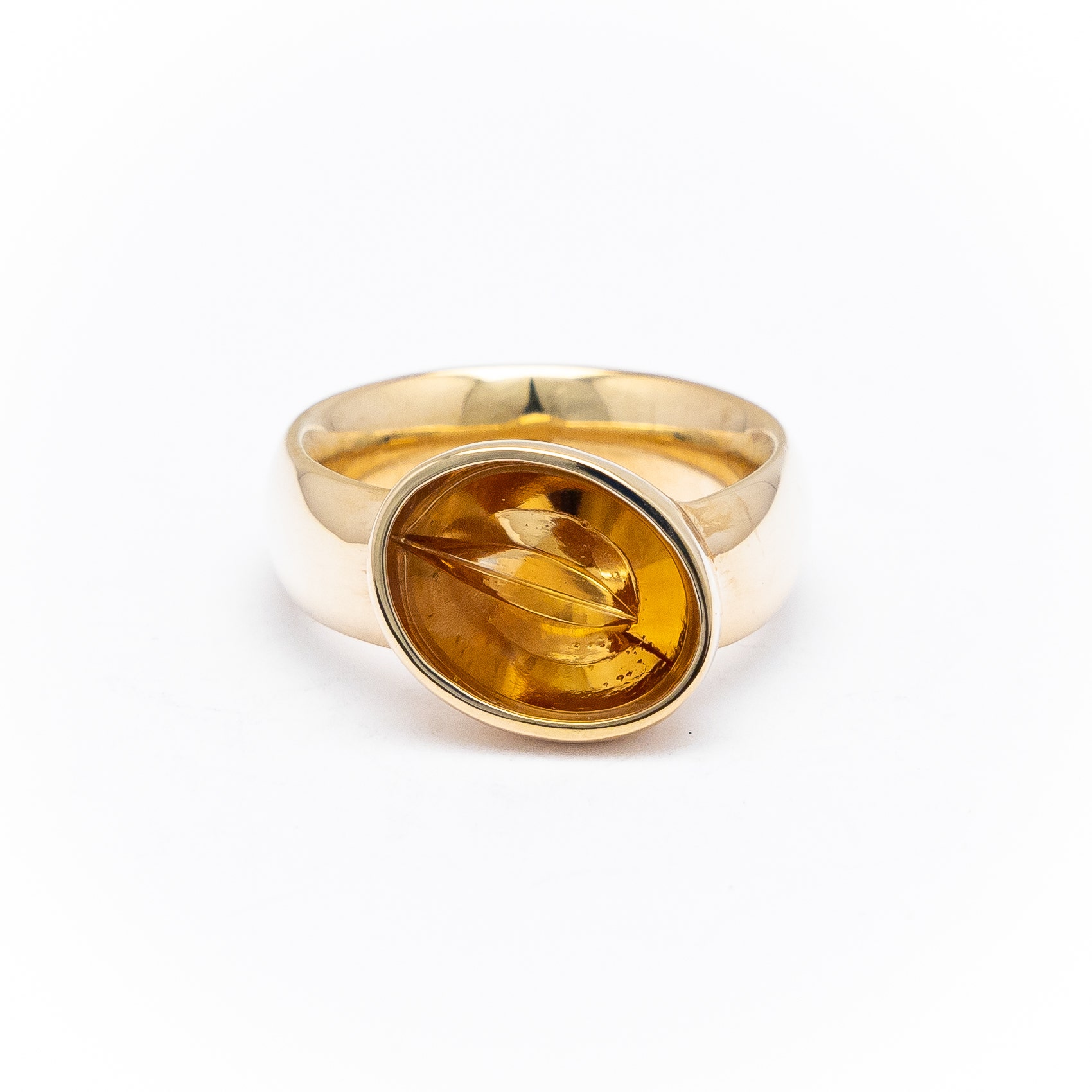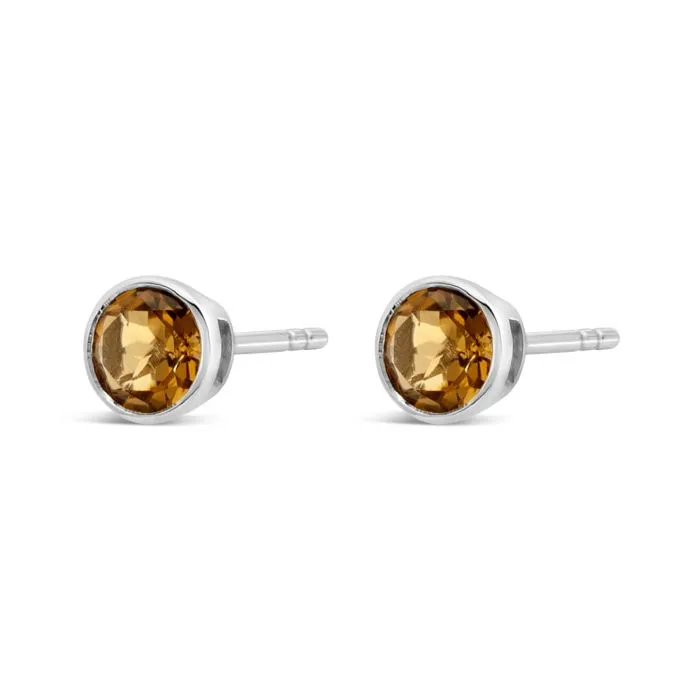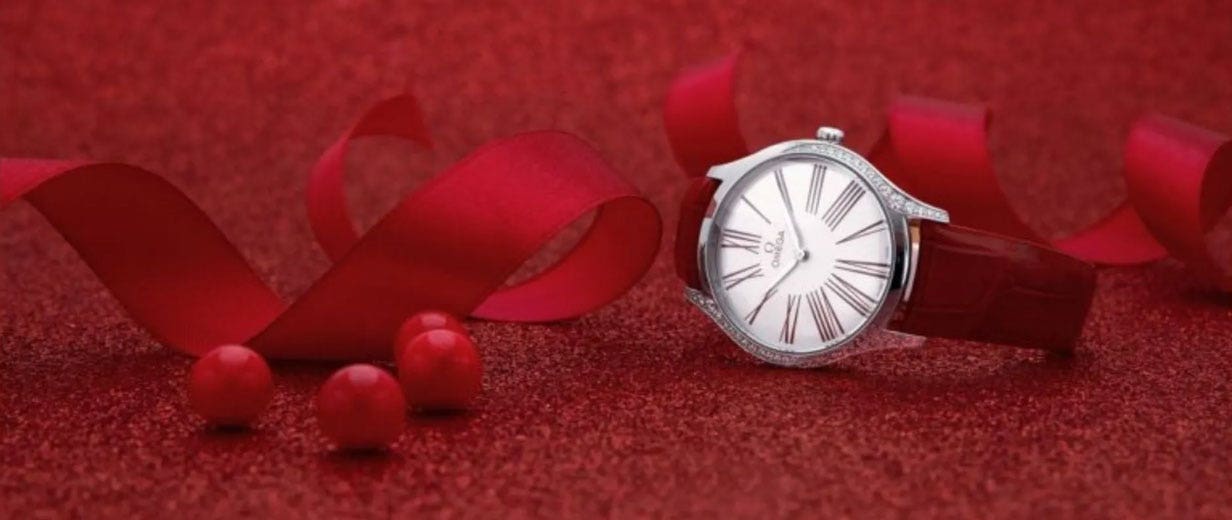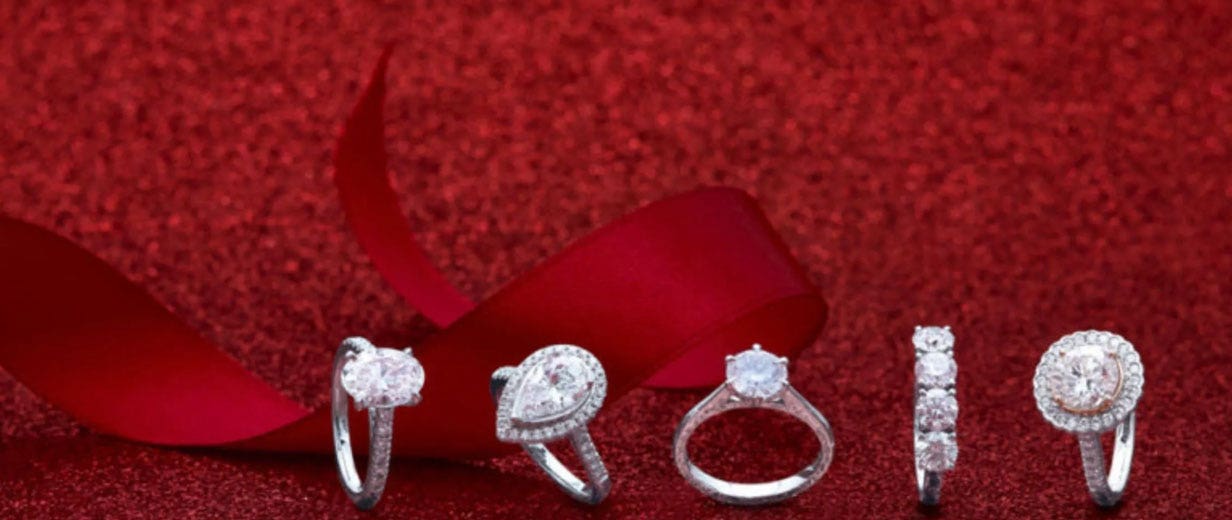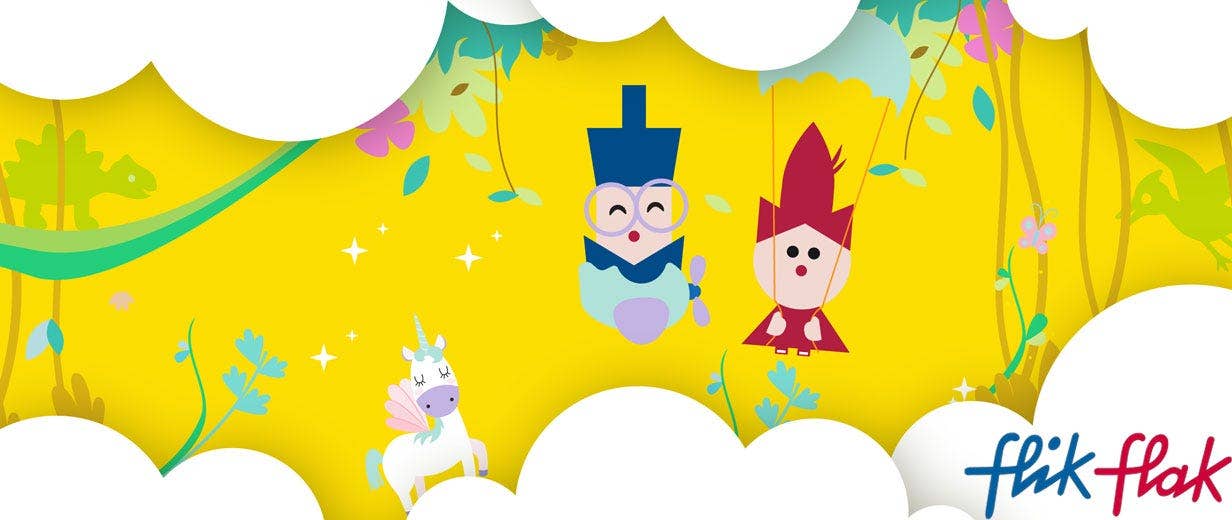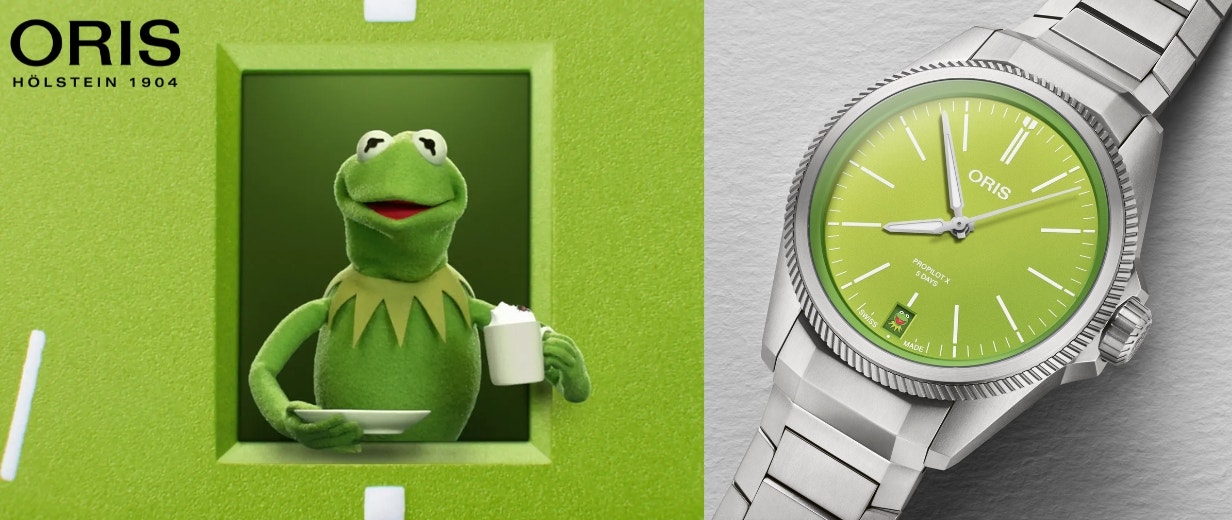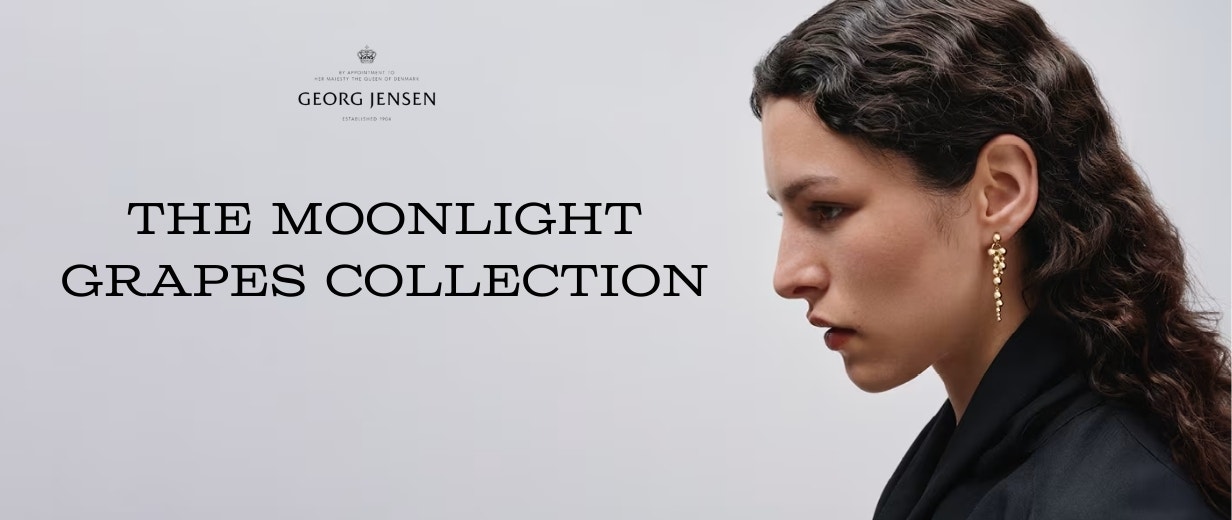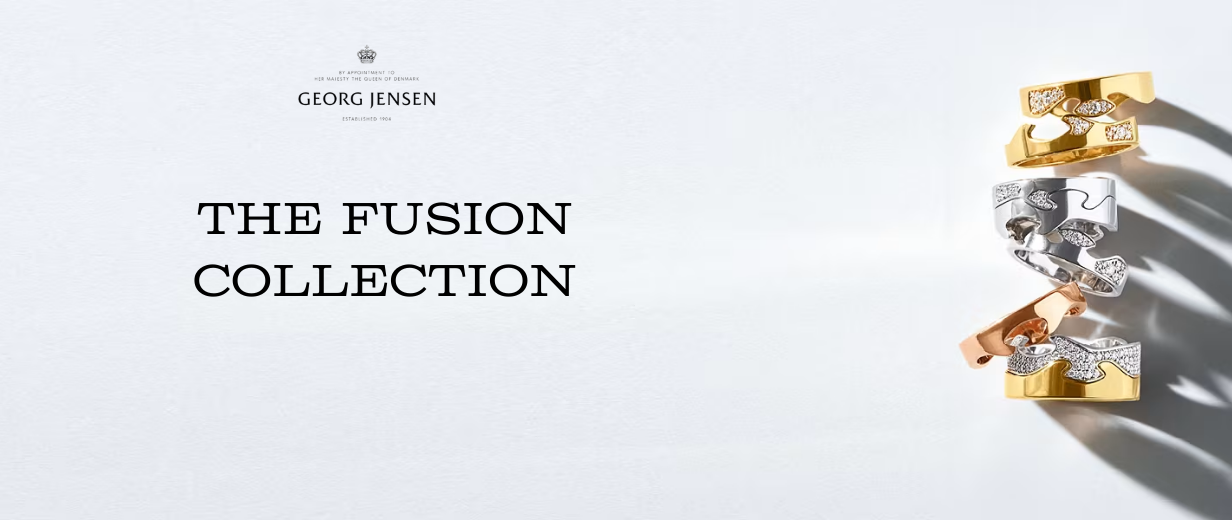November’s Birthstones: Topaz & Citrine
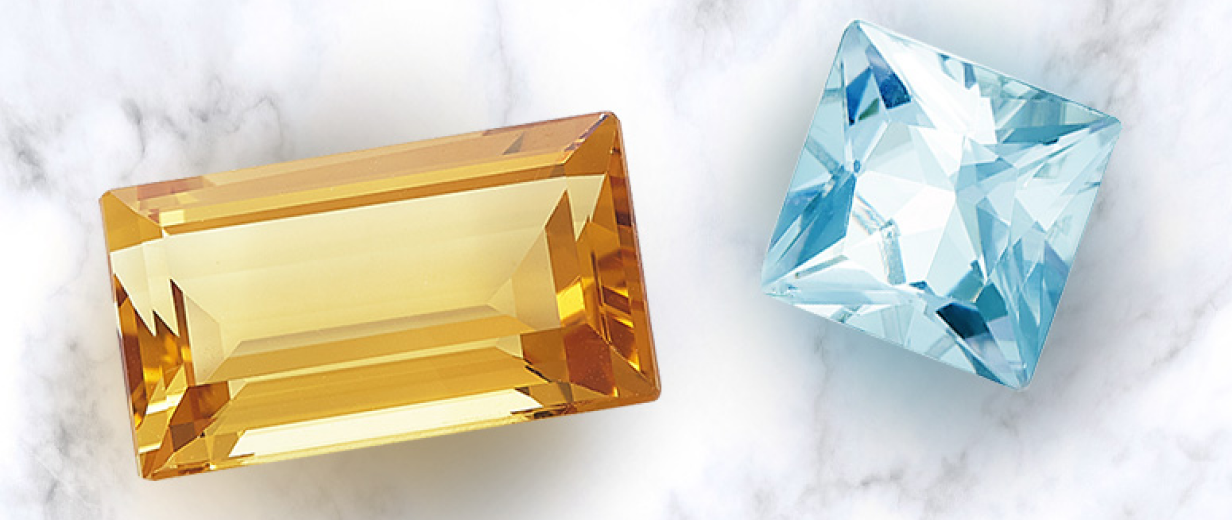
What do November birthstones represent?
People born in November have a choice of two exquisite birthstones: topaz and citrine. Topaz exhibits a wide range of hues: encompassing colourless, light blue, yellow, orange, pink, violet, brown and rarely red. While citrine is cherished for its delightful yellow and orange shades.
Both November birthstones are renowned for their calming energies and their ability to bring good fortune and warmth to the wearer. Most topaz and citrine birthstones are reasonably priced, as high-quality gems are not as scarce as with many other birthstones.
Topaz
The origin of the word "topaz" has different theories. Some suggest it derives from the Sanskrit word "tapas," meaning "fire," while others connect it to the Greek word and island of Topazios. The most coveted variety of this November birthstone is the pinkish orange "Imperial Topaz," with a rich history. It's said the name was linked to the Russian royal family's desire to reserve the finest gems mined in the Ural Mountains. Alternatively, in South America, it's believed that Imperial topaz's history traces back to a visit by Brazilian Emperor Pedro II in 1881 when he was gifted a reddish topaz in honour of his visit to Ouro Preto, near Brazil's topaz mines.




Where is it found?
Topaz is found in Minas Gerais, Brazil, with a rich history of mining for over two centuries, offering a wide range of colours. The town of Ouro Preto, a UNESCO World Heritage site, adds to its charm with colonial churches and cobblestone streets. Northwestern Pakistan, specifically Ghundao Hill near Katlang, is known for producing sought-after pink topaz, including the rare cyclamen pink variety. However, this fine pink November birthstone remains a rarity even at Ghundao Hill.
Today, other major sources of this November birthstone include Namibia, Nigeria, Madagascar, Mexico, Myanmar, Sri Lanka and the United States, as well as the historic Russian localities.
Topaz’s Meaning
Topaz, with its distinctive yellow shade, was once thought to possess the power to attract gold. The ancient Greeks attributed strength to topaz, and other beliefs surrounding this gem ranged from its ability to attract love to granting invisibility. During the Renaissance, it was believed that wearing a topaz amulet on the left arm could protect the wearer from dark magic.
In different cultures, topaz held sacred significance. African shamans used it in healing rituals, and in India, wearing topaz above the heart was believed to ensure a long life, beauty, and intelligence. Additionally, topaz was historically employed for various medicinal purposes, including treating arthritis, improving digestion, and aiding in weight loss. Some believed that having topaz in the home could protect against accidents and fires, while placing it under a pillow could prevent nightmares.


Citrine
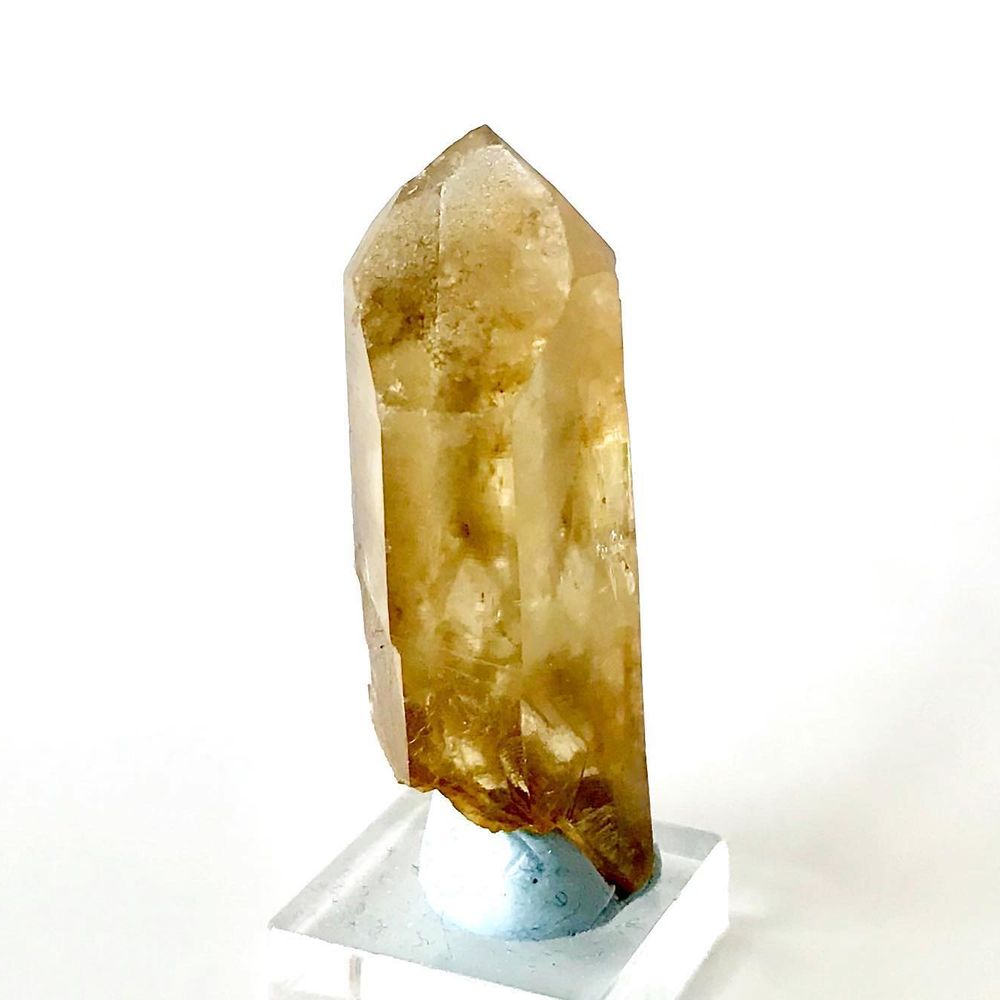

Citrine, the November birthstone, is a transparent variety of quartz ranging from yellow to brownish orange, with a rich history in jewellery spanning millennia. It has been a popular gemstone since ancient times and has often been confused with the other November birthstone, topaz, leading to the belief that citrine possessed similar powers, such as soothing tempers and calming its wearer.
Ancient Greeks created rock crystal ornaments that sparkled like permafrost, while Roman pontiffs adorned themselves with rings featuring large, regal amethysts, and citrine has been found in Roman jewellery as well. Notably, citrine was a favoured gemstone in vibrant Scottish jewellery during the Victorian era. The name "citrine" is thought to originate from the French word for "lemon" (citron), making it a traditional gift for the thirteenth wedding anniversary.
Where’s it found?
The primary origins of citrine include Bolivia, Spain, Madagascar, Mexico, and Uruguay. Notably, the amethyst gem, often heat-treated to achieve a citrine color, is predominantly mined in Brazil.
In the heart of the world's largest freshwater wetland, Bolivia's Anahí mine stands as a significant source of natural, unheated citrine. This remarkable locale features sprawling fields of wildflowers, vibrant plumed birds, enchanting butterfly spectacles, as well as the presence of Howler monkeys and jaguars, creating a vibrant and biodiverse environment. The mine's history is as captivating as its surroundings, dating back to the 1600s when a Spanish conquistador discovered it. As part of his marriage dowry to Anahí, a princess from the Ayoreos tribe of Paraguay, the mine changed hands. For three centuries, the mine's location was lost to history until its rediscovery in the 1960s.
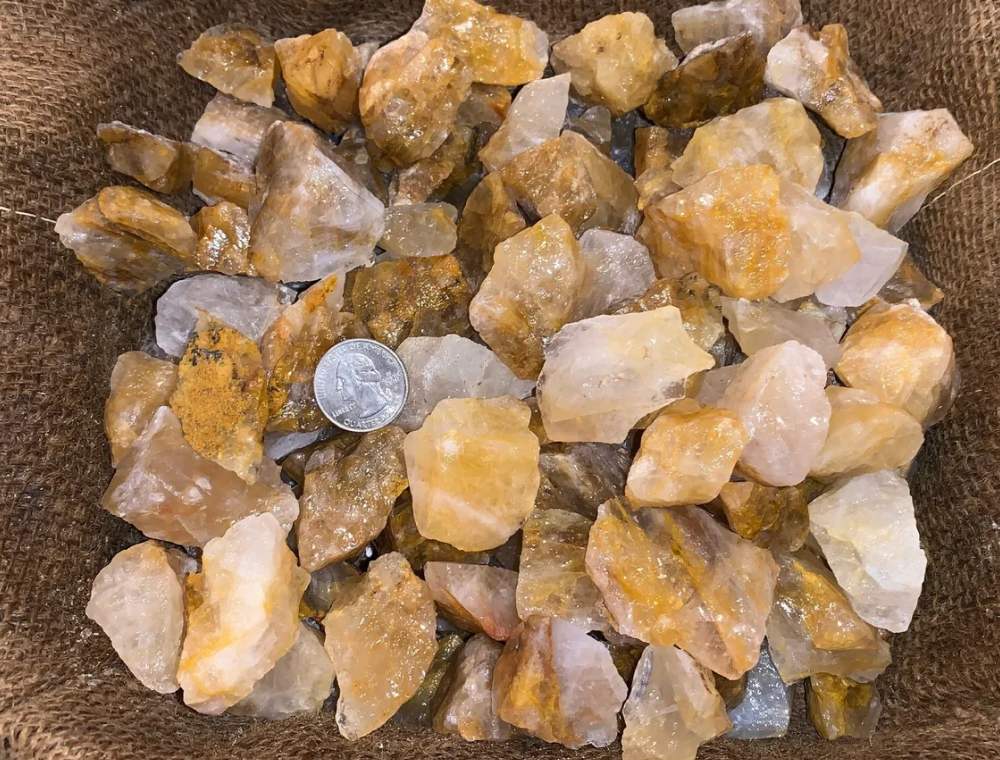



Citrine’s Meaning
Citrine, a gem often mistaken for topaz, has carried a rich tapestry of meaning and symbolism throughout history. Like its counterpart, citrine was believed to possess the power to soothe tempers and bring calm to its possessor. Beyond its calming influence, it was also considered a harbinger of prosperity and unimaginable success for those who adorned themselves with this radiant gem.
In ancient times, citrine was not merely a symbol of wealth but also a protective talisman. It was thought to shield against snake venom, ward off evil thoughts, and offer solace from matters of the heart. Some cultures even believed that citrine could channel the power and energy of the Sun, radiating warmth and vitality.
Citrine's significance extended beyond the realm of the spiritual, as it was believed to have physical healing properties when worn. The gem's warm, golden hues were associated with vitality and well-being, making it a cherished addition to one's jewellery collection.
Today, while most citrine in the market results from the heat treatment of amethyst, it remains a highly sought-after gemstone. Its affordability and availability in a wide range of sizes make citrine a popular choice. This November birthstone continues to symbolize warmth, prosperity, and positive energy, and its timeless allure endures as one of the most desired yellow gemstones.
With a better understanding of the history and origins of these November birthstones, you might feel inclined to incorporate them into your jewellery collection. Embracing both topaz and citrine as your November birthstones opens a world of possibilities, thanks to their captivating colours and a wide range of sizes. At Weir & Sons we have a wide variety of options to make a meaningful choice for yourself or a cherished loved one.

